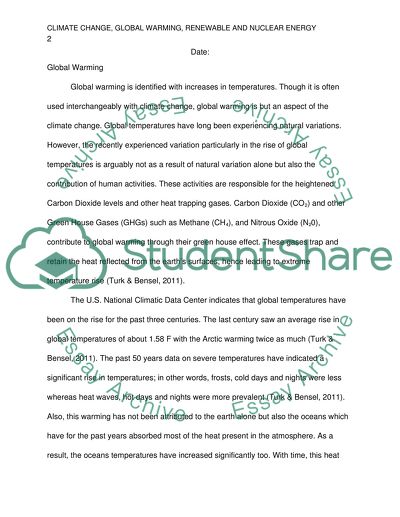Cite this document
(“Climate Change, Global Warming, Renewable and Nuclear Energy Essay”, n.d.)
Climate Change, Global Warming, Renewable and Nuclear Energy Essay. Retrieved from https://studentshare.org/environmental-studies/1444493-climate-change-global-warming-renewable-and-nuclear-energy
Climate Change, Global Warming, Renewable and Nuclear Energy Essay. Retrieved from https://studentshare.org/environmental-studies/1444493-climate-change-global-warming-renewable-and-nuclear-energy
(Climate Change, Global Warming, Renewable and Nuclear Energy Essay)
Climate Change, Global Warming, Renewable and Nuclear Energy Essay. https://studentshare.org/environmental-studies/1444493-climate-change-global-warming-renewable-and-nuclear-energy.
Climate Change, Global Warming, Renewable and Nuclear Energy Essay. https://studentshare.org/environmental-studies/1444493-climate-change-global-warming-renewable-and-nuclear-energy.
“Climate Change, Global Warming, Renewable and Nuclear Energy Essay”, n.d. https://studentshare.org/environmental-studies/1444493-climate-change-global-warming-renewable-and-nuclear-energy.


